A dream of red chamber, a novel of ancient Chinese chapter and hui style, also known as the stone, is one of the four great classical novels of China. Read More
Contention of the Hundred Schools of Thought in China
During the spring and autumn period and the warring states period, a hundred schools of thought contended in China. Read More
Four Great Classical Novels in China
The“Four Great Classical Novels” are commonly regarded by scholars as the greatest and most influential pre-modern Chinese fictions. Dating from the Ming and Qing dynasties, the stories, scenes and characters in them have deeply influenced Chinese people’s ideas and values.
Romance of the Three Kingdoms
Three Kingdoms is based on the history of the three kingdoms, Wei, Shu and Wu that strove to reunite the empire at the end of the Eastern Han Dynasty. The stories of the heroes and their deeds as well as various folk tales, plays, ballads and verses were weaved seamlessly together by Luo Guanzhong, creating an enduring historical and literary masterpiece.
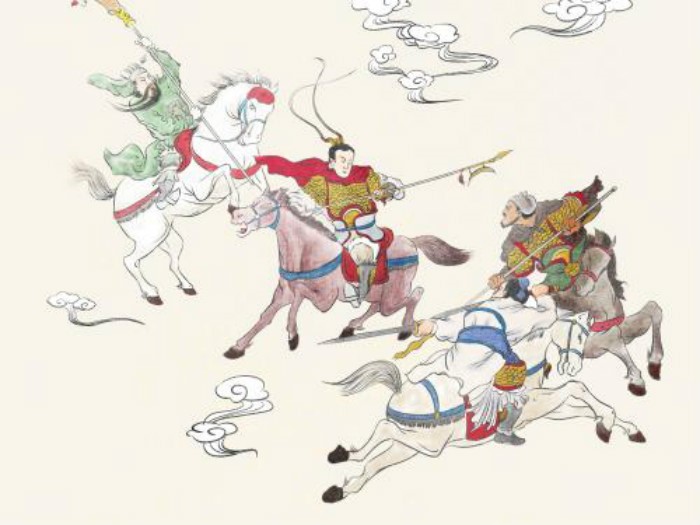
The last years of the Eastern Han Dynasty was a period of chaos and disorder, with various military forces rising to fight with one another. The three forces led respectively by Cao Cao, Liu Bei and Sun Quan, who were the major powers of that time, all wanted to take over the throne and reunify China, so the political and military fights with one another were very fierce.
Three Kingdoms takes those historical events and combats among the kingdoms into account and gives a full range of vivid and poignant portrayal of the political stratagems and warfare, among which the stories of Three Heroes Swear Brotherhood in the Peach Garden, The Battle of Red Cliff, and The Stratagem of the Empty City etc. are so well received that they have been common subject matter of other literary genres.
Dream of the Red Chamber
Dream of the Red Chamber, or The Story of the Stone, is the greatest masterpiece of Chinese classical novels of the Ming and Qing dynasties. It has the most profound influence on later generations in literature.
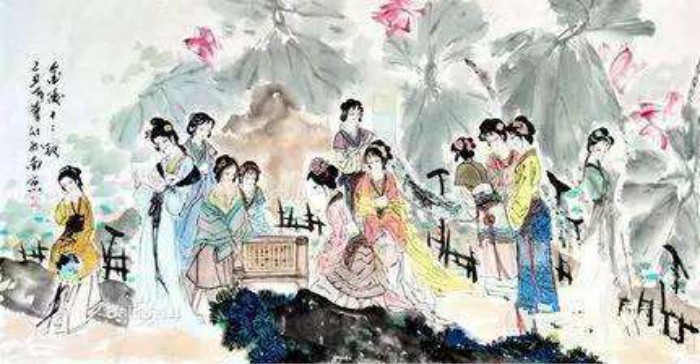
Dream of the Red Chamber is a novel with great cultural richness. It depicts a multi-layered yet interfusing tragic world of humans through the eye of a talentless stone the Goddess used for sky mending.
Jia Baoyu, the incarnation of the stone, witnessed the tragic lives of “the Twelve Beauties of Nanjing”, experienced the great changes from the flourishing to decline of a powerful family and thus gained unique perception of life, the feudal system and culture as well as the mortal world.
The great literature success of Dream of the Red Chamber is remarkably reflected by the creation of characters with distinctive personalities and profound social culture, mirroring people in real life.
The success also lies in the breakthrough and innovation of traditional writing styles, completely breaking the mode of story-telling popular novels and greatly enriching the narrative art of novels, thus causing a far-reaching impact on the development of Chinese novels.
The Water Margin
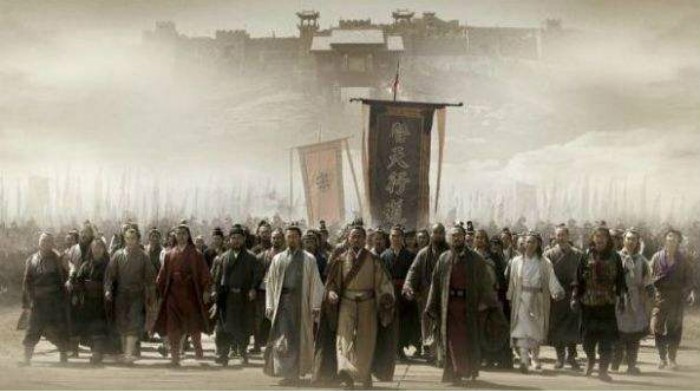
Water Margin is one of the Four Great Classical Novels of Chinese literature. Attributed to Shi Naian, whom some believe to be Luo Guanzhong, the novel details the trials and tribulations of 108 outlaws during the mid Song Dynasty.
The story is generally based upon the historical bandit Song Jiang and his 36 companions, who were active in the Huai River region and eventually surrendered to government troops in 1119. “Water Margin,” however, is set on Mount Liang, a mountain in southern Shandong province which is surrounded by the largest marshland in north China. Because the area was largely a wasteland on the frontiers of several administrative units, government control was minimal, and bandit chiefs were active there during the Northern Song.
The story tells about the exploits of a group of 105 men and 3 women, representing all classes of Chinese society, who rose up, under the leadership of Song Jiang, against the tyranny of a corrupt and unjust official in the Song dynasty. Eventually, after defeating the Imperial forces sent to suppress them, they were granted amnesty and invited to form their own company in the Imperial army. They were then sent to attack Fang La in the south, who had declared himself an emperor, and met a tragic end.
The Journey to the West
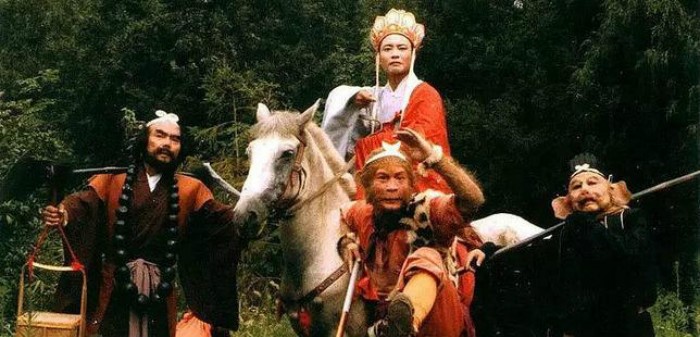
The novel is based on the actual 7th-century pilgrimage of the Buddhist monk Xuanzang (602–664) to India in search of sacred texts. The story itself was already a part of Chinese folk and literary tradition in the form of colloquial stories, a poetic novelette, and a six-part drama when Wu Cheng’en formed it into his long and richly humorous novel.
Composed of 100 chapters, the novel can be divided into three major sections. The first seven chapters deal with the birth of a monkey from a stone egg and its acquisition of magic powers. Five chapters relate the story of Xuanzang, known as Tripitaka, and the origin of his mission to the Western Paradise. The bulk of the novel recounts the 81 adventures that befall Tripitaka and his entourage of three animal spirits—the magically gifted Monkey, the slow-witted and clumsy Pigsy, and the fish spirit Sandy—on their journey to India and culminates in their attainment of the sacred scrolls.
In addition to the novel’s comedy and adventure, Journey to the West has been enjoyed for its biting satire of society and Chinese bureaucracy and for its allegorical presentation of human striving and perseverance.
Famous Tang Poets, Li Bai, Du Fu, Wang Wei, Bai Juyi
Poetry in the Tang Dynasty is an unparalleled system and reaches the pinnacle in the development of the poem. It really deserves its fame as a rarity of Chinese culture. Its dazzling value consists of an ideal combination of thoughts and art. The era endowed poets with broad horizons, positive and unrestrained emotion, and innovative inspiration.
Li Bai
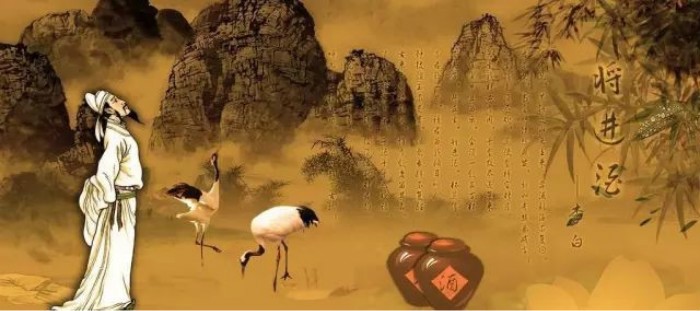
Li Bai was a talented man expert in literature, prose, essay and martial arts of swordsman. Besides, many people adored his vast and free character. Also, Li Bai was an alcoholic drinker, and he could drink a lot at a time, so many people also regarded him to be The Immortal of Alcoholics. Li Bai was historically considered to be a great poet of romanticism, this is the widely-accepted comment of the modern people when the western literary theory popularized in China. But this comment is acceptable to a most degree.
Li Bai enjoys the title of the ‘Supernatural Being of Poem’. Even now his ‘Jing Ye Si’ (Thoughts on the Silent Night) is quite popular and nearly everyone knows it even children as young as two years of age. His other verses, exceeding nine hundred in all, are also notable.
Du Fu
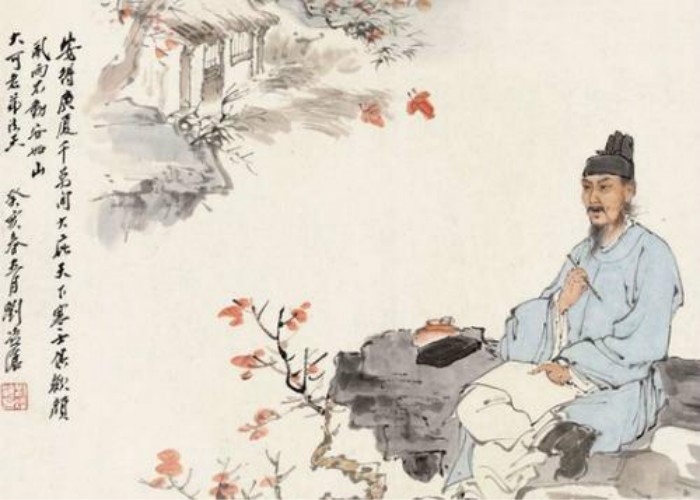
Born into a scholarly family, Du Fu received a traditional Confucian education but failed in the imperial examinations of 735. As a result, he spent much of his youth traveling. During his travels he won renown as a poet and met other poets of the period, including the great Li Bai. After a brief flirtation with Daoism while traveling with Li Bai, Du Fu returned to the capital and to the conventional Confucianism of his youth. He never again met Li Bai, despite his strong admiration for his older, freewheeling contemporary.
Du Fu’s early poetry celebrated the beauty of the natural world and bemoaned the passage of time. He soon began to write bitingly of war—as in “Bingqu xing” (“The Ballad of the Army Carts”), a poem about conscription—and with hidden satire—as in “Liren xing” (“The Beautiful Woman”), which speaks of the conspicuous luxury of the court. As he matured, and especially during the tumultuous period of 755 to 759, his verse began to sound a note of profound compassion for humanity caught in the grip of senseless war.
Wang Wei
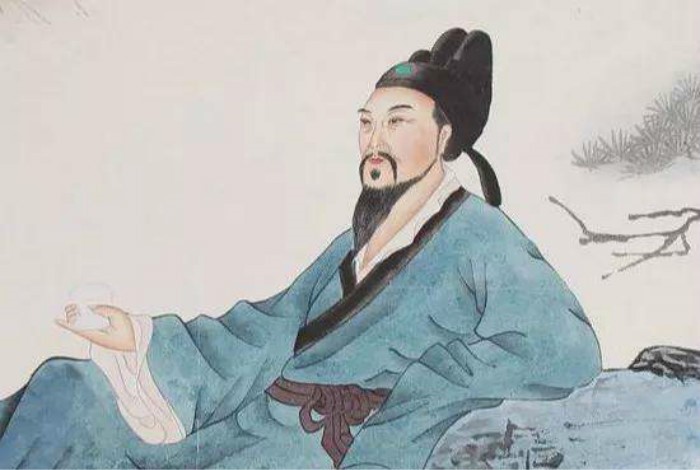
Wang Wei was a famous Chinese poet and artist. Many of his poems are preserved, and twenty-nine were included in the highly influential 18th century anthology Three Hundred Tang Poems. He was posthumously referred to as the “Poet Buddha”. Wang Wei was a great master of the jueju. Many of his quatrains depict quiet scenes of water and mist, with few details and little human presence.
The tranquil feeling he gave through his poetry is utterly wonderful.
Wang Wei’s delicate landscapes, famed for their depiction of water and mist, were drawn in black ink. He is considered the first master of atmosphere and the founder of Southern Chinese landscape art.
Bai Juyi
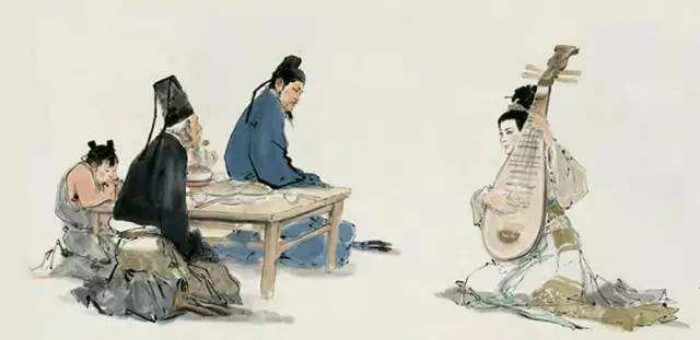
Bai Juyi was a Chinese poet of the Tang Dynasty , with the style name Letian. His ancestral home is the modern-day city of Taiyuan, Shanxi province and he once lived in what is the modern-day Weinan, then stayed on Xiangshan Mountain, near the city of Luoyang, Henan province and referred to himself as the “Hermit of Xiangshan”. His poems are succinct and easy to understand, with many of them dealing with ordinary people’s lives, which were hard at that time, and the corruption and brutality of the ruling class.
Two of his most famous works are the long narrative “Song of Everlasting Regret” and “Song of the Pipa Player”.
Bai was the informal leader of a group of poets who rejected the courtly style of the time and emphasized the didactic function of literature, believing that every literary work should contain a fitting moral and a well-defined social purpose. He considered his most important contributions to be his satirical and allegorical ballads and his “new yuefu,” which usually took the form of free verse based on old folk ballads. The most prolific of the Tang poets, Bai aimed for simplicity in his writing, and—like Du Fu, a great Tang poet of the preceding generation whom Bai greatly admired—he was deeply concerned with the social problems of the time; he deplored the dissolute and decadent lifestyles of corrupt officials and sympathized with the sufferings of the poor.
How to Decorate Your House for Chinese New Year
To celebrate the Chinese New Year, Chinese people always decorate the week before the New Year. These include traditional decorations such as spring couplets and fu calligraphy paintings, which will be completed on New Year’s eve. As time goes on, more and more modern decorations appear in people’s houses. However, red is still the dominant color for the New Year. Here are 10 of the most common Chinese New Year decorations, 5 old and 5 modern. How much do you know about it?
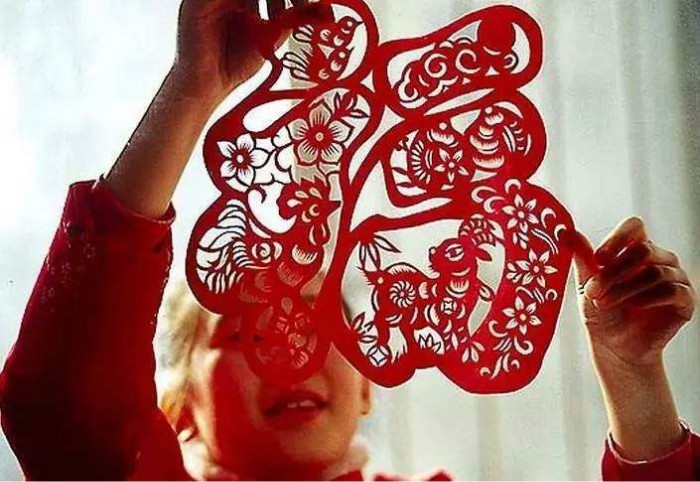
Spring Festival couplets, also known as door couplets, are used to stick on both sides of doors to express good wishes for the New Year. They were always written in black ink on red paper, bright and elegant. Couplets should be symmetrical and neat. As for the content, most people choose to express good luck and good wishes for the coming year. So it’s interesting to observe some families’ spring couplets, which sometimes reflect their views on happiness. This tradition originated in the song dynasty (960-1279), but was popularized in the Ming dynasty (1368-1644).
Fu characters and New Year pictures are also indispensable Chinese New Year decorations. “Fu” means “blessing” and “good luck” in Chinese, so it often appears in the New Year. Interestingly, people always choose to stick it upside down on their doors or Windows, because the Chinese word for “da” is pronounced the same as the Chinese word for “lai”. An inverted word for “fu” means good luck. The images of the New Year paintings are colorful, including auspicious legends and some mythological gods. The god of door and the god of wealth are the most popular paintings because Chinese people believe that the god of door can protect houses and the god of wealth can help make money.
As a traditional folk handicraft, Chinese red lanterns have now become one of the symbols of Chinese culture and a necessary decoration for various festivals, especially during the Chinese New Year, Lantern Festival and Mid-Autumn festival. Red lanterns will be hung on streets, shops, parks and private homes across the country as the New Year approaches. In Chinese eyes, red lanterns symbolize family reunion, prosperity, happiness and vitality. On New Year’s eve, a big red lantern is hung in front of the door. It not only lights up the night, but also lights up the hope of the coming year.
Chinese knot is a handicraft with a long history. In ancient times, knots were simply records that later evolved into ornaments and ornaments. So far, they have mostly been used for interior decoration and as gifts for friends or relatives. It is also one of the most popular Chinese New Year decorations. A Chinese knot is usually made by tying a knot with a piece of string. Knots of various shapes have different meanings, and their names are always associated with “safety” and “auspiciousness”. So people like to decorate rooms with it during Chinese New Year because of its good meaning and beautiful design.
Another traditional Chinese New Year decoration is paper-cutting, which is a folk art, using scissors or cutting knives to cut paper. Paper-cuts are usually pasted on Windows, doors or walls. They represent people’s good wishes for the future life. Most of the paper-cut designs are based on the Chinese zodiac for the New Year and some lucky characters such as “fu”, “lu”, “shou” and “xi”, which represent luck, wealth, longevity and happiness. In addition, some auspicious plants and interesting legends can also be part of the New Year paper-cut theme.
Chinese Language, Mandarin, Dialects, Characters and Pinyin
Spoken by over one billion people, Chinese is indeed the greatest language in the world. But rather than one language, China has many “ languages” or “dialects” that are based on the same written language, hence differing primarily in pronunciation and speech.
Mandarin
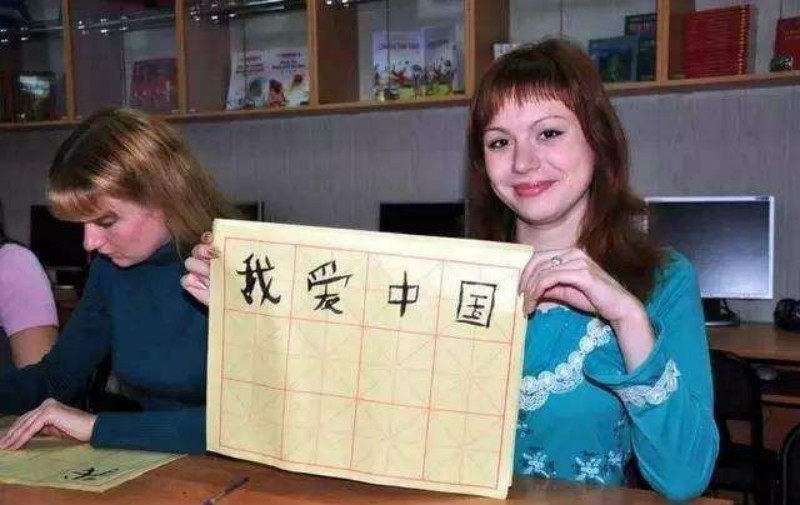
Consisting of many diversifying dialect, Mandarin is perhaps the most well-known Chinese language group. This is mainly because Mandarin dialects are spoken by a 70 % majority of the Chinese people situated in northern and western regions. One of the mandarin dialects primarily spoken in China’s capital Beijing is also referred to as the national language.
Spoken by over a billion people, the Mandarin dialects are hence the largest of the Chinese languages. Mandarin is also a popular language to learn by visitors since it is referred to as the national language and used in many official channels. Learning the Beijing – Mandarin dialect is furthermore becoming a popular reason for European neighbors to study abroad in China.
As one of the six official languages used by UN (United Nations), Chinese now has earned itself greater status in the World. The official language of China is the Mandarin, which is the very name of ‘Hanyu’ or ‘Putonghua’, belonging to Sino-Tibetan.
Mandarin is shaped and based on the Beijing dialect and other dialects spoken in the northern areas of China. Students are often taught mandarin as ‘Yuwen’ in their schoolbooks. It is beyond all doubt that mandarin is used as a mother tongue by the most people accounting for about one fifth of the world’s population. Chinese once had very great influence on some peripheral countries with their languages and characters, such as Japanese, Korean and Vietnamese.
The Cantonese Dialects
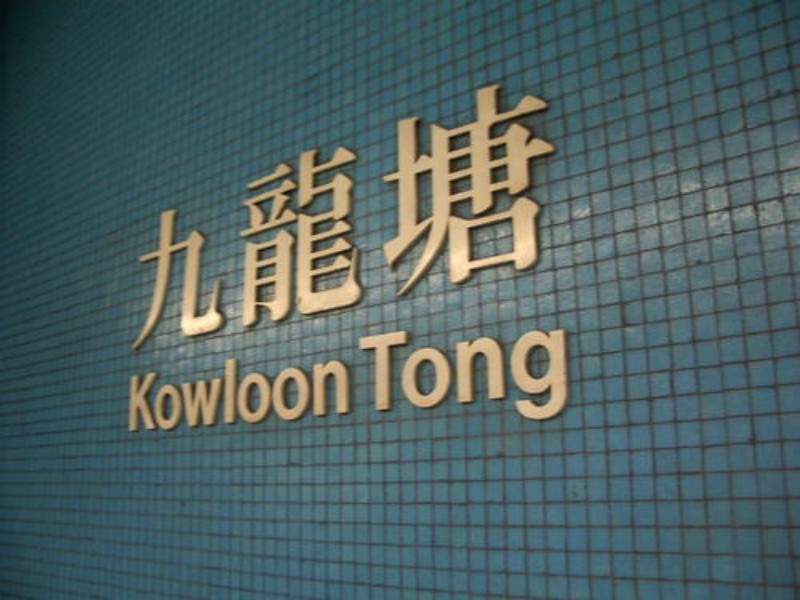
Official language in Hong Kong and widely used in Gungdong, Southern Gungxi, Macau, Hainan, Zhuang region and other abroad settlements. The name Cantonese is argued to be derived from Canton, the English word for the Guangdong province.
Cantonese preserves more features of Ancient Chinese than do the other major Chinese languages; its various dialects retain most of the final consonants of the older language and have at least six tones, in contrast to the four tones of Modern Standard Chinese, to distinguish meaning between words or word elements that have the same arrangement of consonant and vowel sounds. The language has fewer initial consonants than Modern Standard Chinese and about twice as many distinctively different syllables. Before the mid-20th century the majority of Chinese immigrants spoke Cantonese.
Characters
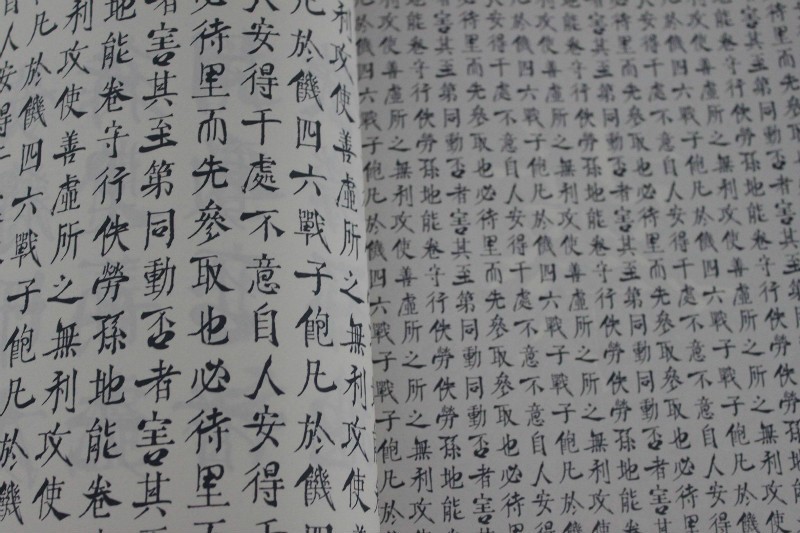
The Chinese character has more than 3,000 years of history. It is a kind of hieroglyphic which originated from carapace-bone-script in the Shang Dynasty (16th – 11th century BC). It then developed into different forms of calligraphic handwritings like large seal script, small seal script, official script, regular script, cursive script and running script.
There are altogether 80,000 Chinese words or so that originate from ancient times; however, only about 3,000 words for daily use are available to express over 99% of the information in written form because a word contains many different meanings. The character is now of two kinds – Simplified and Traditional. Simplified style are often used in mainland China, Singapore, and oversea Chinese communities in Southeast Asia, while the latter is often accepted in Taiwan Province, Hong Kong, Macau and oversea Chinese communities in North America.
Pinyin
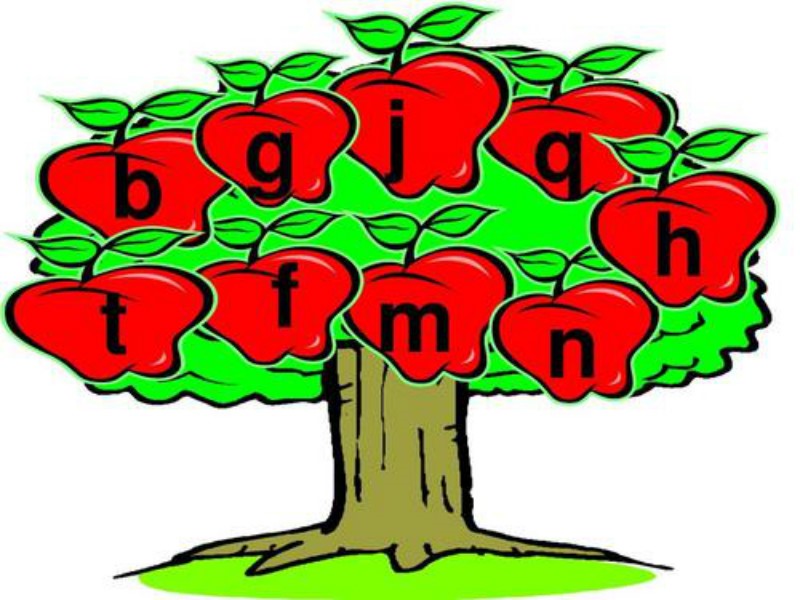
Pinyin, short for Hanyu Pinyin, which means “phonetic notation” or “phonetic symbols” while Pin means “spell(ing)” and Yin means “sound(s)”, is a system of romanization for Standard Mandarin. Pinyin was approved in 1958 and adopted in 1979 by the government in the People’s Republic of China.
Pinyin is a romanization and not an anglicization; that is, it uses Roman letters to represent sounds in Standard Mandarin Chinese. The way these letters represent sounds in Standard Mandarin Chinese will differ from how other languages that use the Roman alphabet represent sound. For example, the sounds indicated in Pinyin by b and p are distinguished from each other (by aspiration) in a manner different from that of both English (which has voicing and aspiration) and of French (which has voicing alone). Other letters, like j, q, x or zh indicate sounds that do not correspond to any exact sound in English. Some of the transcriptions in Pinyin such as the ang ending, do not correspond to English pronunciations, either. Pinyin has also become a useful tool for entering Chinese language text into computers.